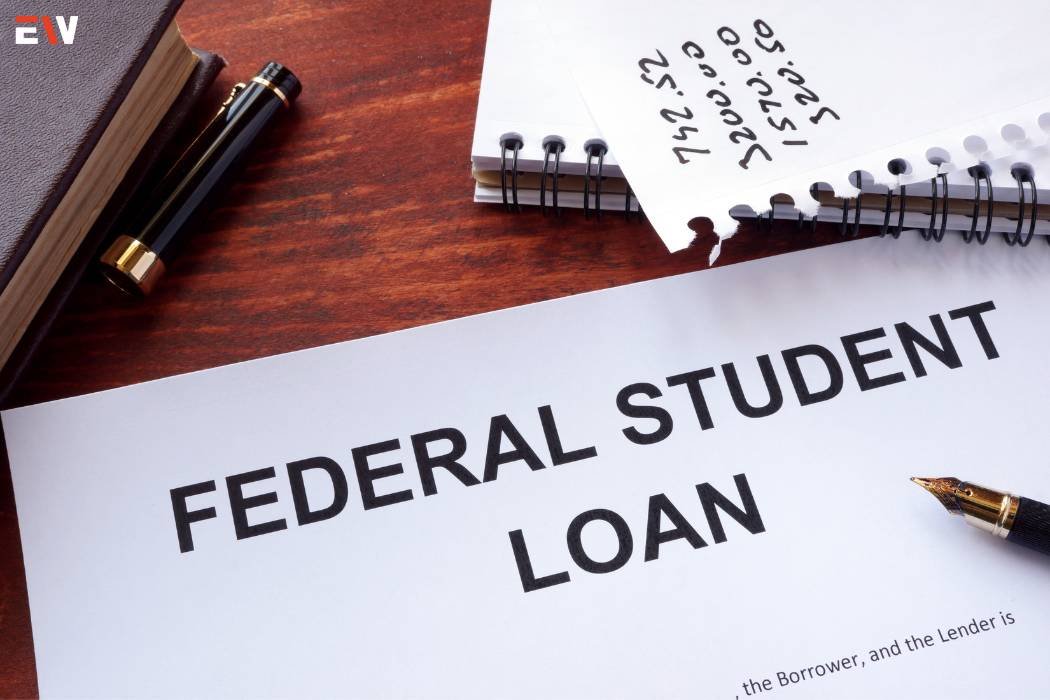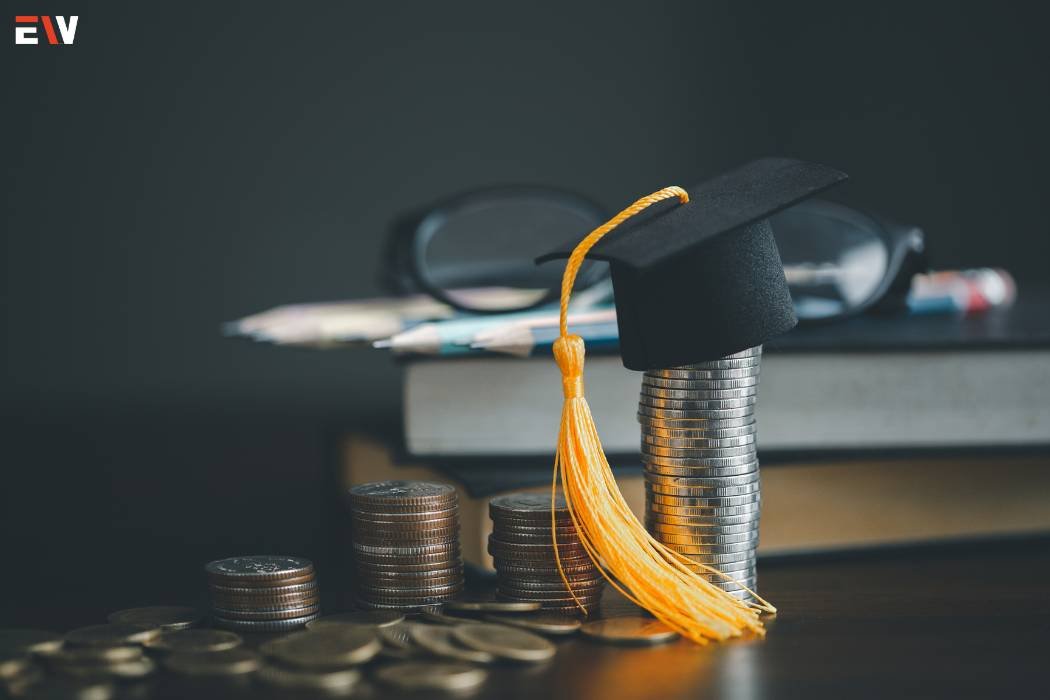Embarking on the journey of higher education often involves the consideration of student loans—a financial aid tool that can open doors to educational opportunities but also comes with responsibilities. It can be not easy to navigate the world of student loans, so it’s important for students and their families to know the ins and outs. We will dive into the world of student loans in this extensive guide, covering the various kinds, the application procedure, the alternatives for repayment, and everything else you need to know to make well-informed decisions about how to pay for your education.
Understanding the Basics of Student Loans
Student loans are financial tools designed to help individuals cover the costs of higher education, including tuition, books, living expenses, and more. These loans are typically offered at lower interest rates than other types of loans and often come with favorable repayment terms. There are two main categories of student loans: federal student loans, which the U.S. government backs, and private student loans, which private lenders offer.
Types of Federal Student Loans
Federal student loans are a common choice for financing education due to their favorable terms and borrower protections. The major types of federal student loans include:

Direct Subsidized Loans: These loans are based on financial need, and the government pays the interest while the borrower is in school, during the grace period, and during deferment.
Direct Unsubsidized Loans: These loans are not based on financial need, and interest accrues while the borrower is in school. Borrowers are responsible for paying the interest.
Direct PLUS Loans: These loans are available to graduate students and parents of dependent undergraduate students. They cover the remaining cost of education after other financial aid is applied.
Direct Consolidation Loans: This type allows borrowers to combine multiple federal student loans into one loan, simplifying the repayment process.
Applying for Federal Student Loans
The process of applying for federal student loans begins with completing the Free Application for Federal Student Aid (FAFSA). The FAFSA determines eligibility for federal student aid programs, including grants and loans. It considers family income, assets, and the number of family members attending college. The information provided on the FAFSA is used to calculate the Expected Family Contribution (EFC), which helps determine financial need.
Example: A student completes the FAFSA, providing information about their family’s income and assets. Based on this information, the government determines the student’s eligibility for federal student aid, including loans.
Private Student Loans: Understanding the Options

While federal student loans are a common choice, some students may need additional funding beyond what federal aid provides. Private student loans, offered by banks, credit unions, and other lenders, can fill this gap. However, private loans typically have higher interest rates and may not offer the same borrower protections as federal loans.
Example: A student, after exhausting federal loan options, decides to take out a private student loan from a bank to cover the remaining education costs.
Interest Rates and Repayment Terms
One crucial aspect of student loans is understanding the interest rates and repayment terms. Federal student loans often have fixed interest rates, meaning the rate remains the same throughout the life of the loan. Private loans may have fixed or variable interest rates. Repayment terms for federal loans are generally flexible, with options such as income-driven repayment plans, deferment, and forbearance. Private loans may offer less flexibility, and the terms vary by lender.
Example: A borrower with a federal student loan benefits from a fixed interest rate, providing predictability in monthly payments. Another borrower with a private loan may have a variable interest rate, subject to market fluctuations.
Repayment Grace Period and Deferment Options
After completing their education, borrowers typically enter a grace period before they are required to start repaying their student loans. Federal student loans offer a standard grace period of six months, while private loans may have varying grace periods. During this time, interest may continue to accrue on unsubsidized federal loans.
Example: A recent graduate enters a six-month grace period after graduation before they begin making payments on their federal student loans.
Income-Driven Repayment Plans
Federal student loans offer income-driven repayment plans, which adjust monthly payments based on the borrower’s income and family size. These plans can be beneficial for individuals with lower incomes, as payments are capped at a percentage of discretionary income. After a certain period (typically 20 or 25 years), any remaining balance may be forgiven, although the forgiven amount may be taxed.
Example: A borrower with a low income qualifies for an income-driven repayment plan, resulting in more manageable monthly payments based on their current financial situation.
Loan Forgiveness Programs

Certain federal student loans may qualify for loan forgiveness programs, which cancel the remaining balance after a specified period of qualifying payments. Public Service Loan Forgiveness (PSLF) is a notable program for borrowers working in qualifying public service or nonprofit jobs. Teachers, nurses, and other public servants may be eligible for forgiveness after 120 qualifying payments.
Example: A teacher working in a qualifying public school may be eligible for loan forgiveness after making 120 qualifying payments under the Public Service Loan Forgiveness program.
Avoiding Default and Managing Repayment Challenges
Defaulting on student loans can have serious consequences, including damage to credit scores and wage garnishment. Borrowers facing financial challenges should explore options such as deferment, forbearance, or alternative repayment plans. It’s essential to communicate with loan servicers to discuss available solutions and prevent default.
Example: A borrower experiencing financial hardship contacts their loan servicer to discuss options, such as deferment or income-driven repayment, to avoid default.
Planning for Repayment and Financial Wellness
Planning for student loan repayment is a critical aspect of financial wellness. Creating a budget, understanding repayment options, and exploring strategies to pay off loans faster can contribute to long-term financial stability. Additionally, refinancing or consolidating loans may be considerations to optimize repayment terms and potentially lower interest rates.
Example: A borrower creates a detailed budget that includes student loan payments, allowing them to manage their finances effectively and allocate resources toward repayment.
Conclusion
Student loans play a significant role in making higher education accessible to a broader population, but navigating the intricacies of these loans is essential for borrowers. Through informed decision-making, resource exploration, and journey management, individuals may effectively navigate their student loan experience and establish a solid financial foundation for their future.









